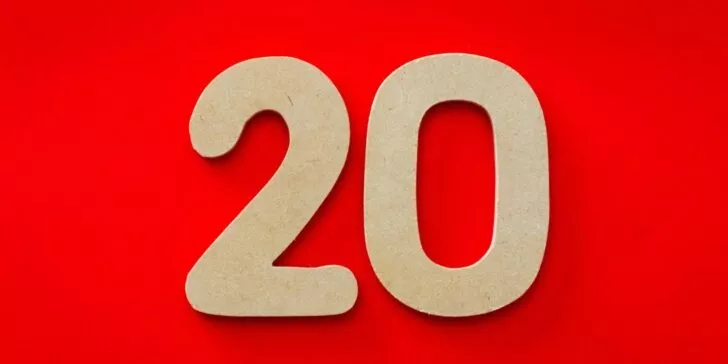Recently, several coworkers pointed out ads to me for fancy seminars on how brands and media use Twitter. So I checked out the selling points they promised and used their topic headers to create a five-minute read. It’s quick and free, versus the several hours and almost $500 those teleseminars would’ve cost. I hope you find it useful.
Why “microblogging” is a misnomer
Twitter is called “microblogging”, meaning frequent updates that are very small. This is true, but it implies that Twitter is just a tiny version of blogging, which isn’t exactly right. It’s more of an interactive conversation, whereas blogging tends to be more solo pontificating.
The benefits of “Ambient Awareness”
Ambient awareness is the concept of constant contact through online services like Twitter or Facebook – how you can now know a lot of information about your friends and acquaintances without actually seeing or even talking to them often. It develops an odd new paradigm – a sense of closeness with people that you may not actually be emotionally very close to. Here’s a great NYT article about ambient awareness.
If you consider the implications of that for a brand, it’s positive: it means that if you provide useful information about your brand regularly, your audience will begin to feel close to the brand and feel comfortable with it.
How to set up a Twitter account for your company
Set up a free account at Twitter.com.
Keep your brand’s Twitter stream public – meaning that instead of only making your updates visible to people you approve, anyone can see them. Let them see what you’ve been saying and they’re far more likely to follow you.
How to choose an appropriate user name
If you are officially representing a brand or organization, make that crystal clear, and make it very clear who you are as a person as well. People will trust you if they can see you both as an individual and in your professional capacity.
How to approach customers via Twitter
Be proactive, but also, and possibly more importantly, reactive.
– Proactively: Tweet interesting, useful information regularly.
– Reactively: Track relevant terms and when you get an alert that someone has tweeted something that you can offer useful information about, reply to them publicly immediately.
How frequently to Tweet
Tweet (meaning post an update) often enough that people feel you are engaged and participating, but not too many times a day. A good (if broad) rule of thumb might be more than once a week, but less than 10 times a day. Daily tweets might be a great place to begin, with reactive responses as soon as possible.
What topics to cover
Many people use Twitter strictly for amusement or anecdotes. Some for general news; some for niche interests. This is the biggest hurdles to “getting” Twitter – finding the information that works best for you. So, to flip this to see what it means for brands, once you become a source known for providing useful information to your customers, you’ll stand out from the crowd.
How to monitor Twitter for mentions of your company, service or product
There are many free services emerging to do this. Currently, they include Tweetdeck, Monitter, TweetBeep, TwiLert, and more. This also brings up the issue of who to follow, though. To an extent, this is just trial and error. See who provides you information that you like getting. See who tweets often enough to be relevant but not so often that you’re overwhelmed by them. See how many followers is a balance that works for you.
A solid plan for getting your company up and running on Twitter
Here’a a useful article on how to, and whether to, measure the success of any social-media outreach. If you followed each of the above items, that would be, if not a solid plan, at least a very good start.
Which journalists and media outlets are actively using Twitter
Here’s a great resource, the Media on Twitter wiki run by @PRSarahEvans. It’s constantly updated, and appears to be the best one out there to date.
The role Twitter, Facebook and other social media have played in how PR people and the media communicate during a crisis
Check out the way CNN uses Twitter throughout their programming – here‘s a Mashable article on it. And here’s a very interesting blog post from Brendan Hodgson of H&K on Twitter.
Hope this is useful! I’d love to hear what you think.
Note: You may have noticed I haven’t been blogging on the pharma industry. That’s intentional. When I finish redesigning our agency website, I’ll be doing that there. Till then, here, look for personal stuff and emerging media; nothing industry-specific.


Comments are closed.